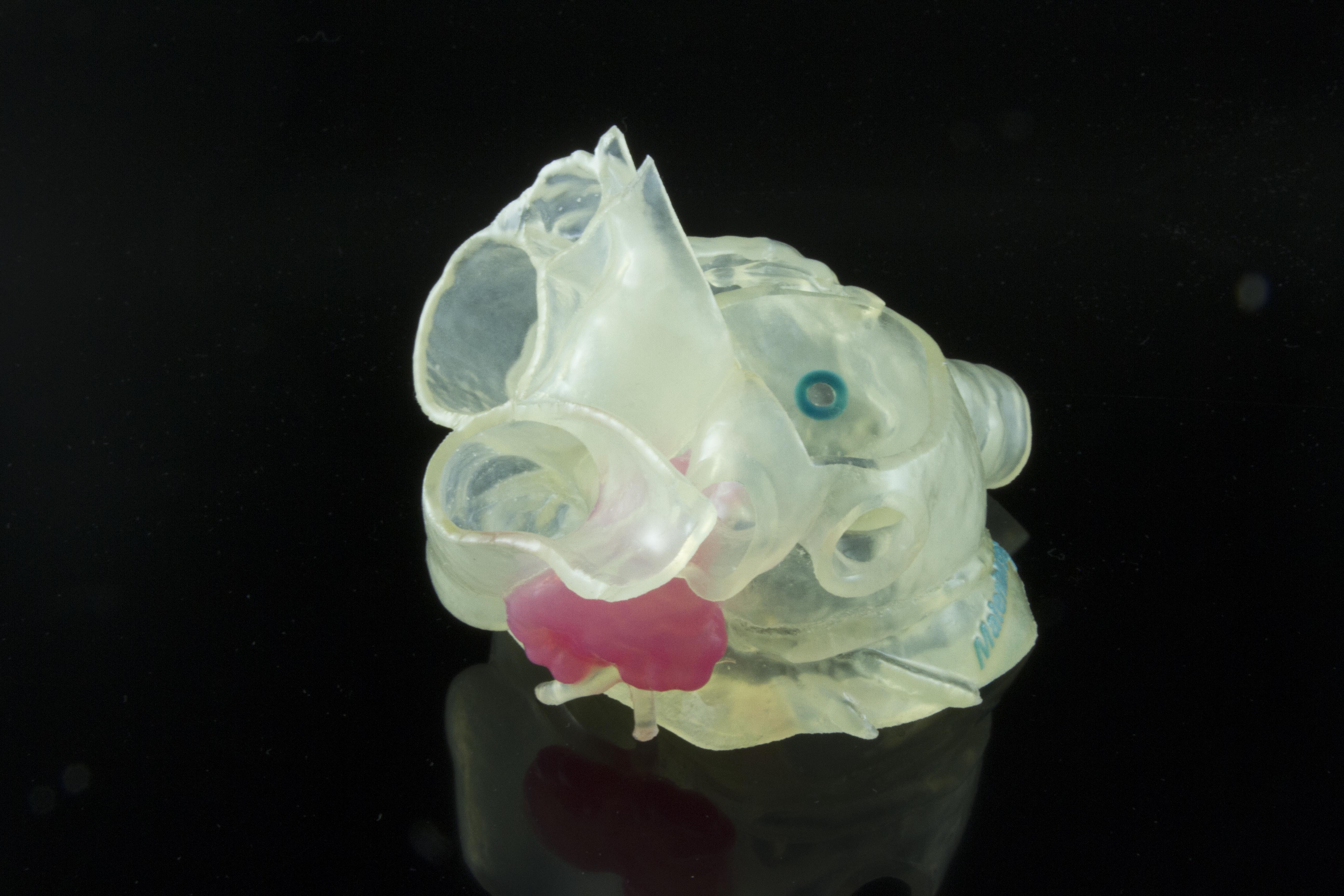Stratasys & Materialise have been operating for a long time now in various fields of the additive manufacturing industry including healthcare. Applications of Stratasys technology in this latter field include the manufacturing of prostheses, applications in digital dentistry and even 3D printing of protein data. As for Materialise’ activities in the healthcare industry, the company was recently granted FDA’s approval for diagnostic 3D printed anatomical models.

Today, both companies join forces to push medical 3D printing forward. How?
Materialise Mimics inPrint software will now be used with Stratasys PolyJet multi-material and multi-color solutions. As said earlier, the software of Materialise was granted FDA’s approval to create anatomical models for patient care. It is designed to allow physicians and hospitals to leverage 3D printing at point-of-care – building a trusted and reliable source for surgical planning and interdisciplinary communication.
At the beginning, the software will be used with the J750 and J735 3D Printers and the high-performance desktop Objet30 Prime 3D Printer.
“Historically, pre-surgical planning relied on 2D imaging requiring physicians to mentally reconstruct the patient anatomy. But 3D printing evolves this approach by putting precise replicas of patient anatomy directly in physician hands. Our collaboration with Materialise is a huge step towards unlocking the potential of this technology for patient care,” says Eyal Miller, Head of Healthcare Business Unit, Stratasys. “Now the 3D printer that every hospital needs to power their medical modeling comes with additional options for an FDA-cleared software solution.”
This year has been a good one for Materialise whose 3D software is increasingly used by hospitals in the US. According to company reports, of the top 20 U.S. hospitals as ranked by U.S. News & World Report, 16 have implemented a medical 3D printing strategy using Materialise Mimics technology.
This partnership seems to be a win-win collaboration for both companies whose technologies will continue to make it through hospitals.
For further information about 3D Printing, follow us on our social networks and subscribe to our newsletter!
Would you like to be featured in the next issue of our digital magazine? Send us an email at contact@3dadept.com
//pagead2.googlesyndication.com/pagead/js/adsbygoogle.js
(adsbygoogle = window.adsbygoogle || []).push({});





